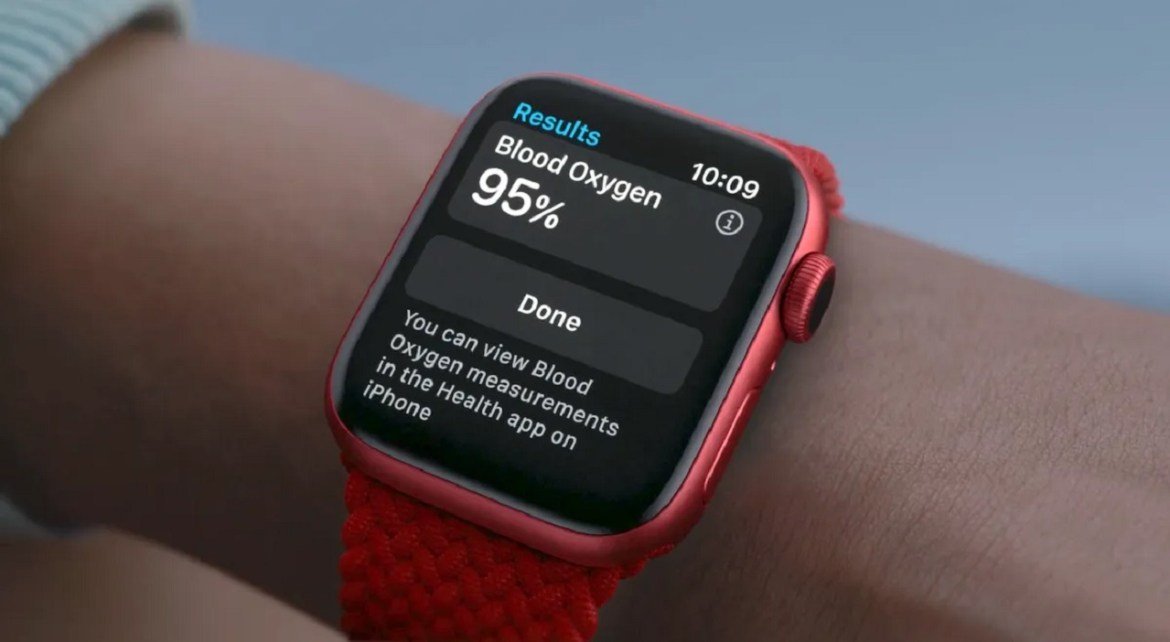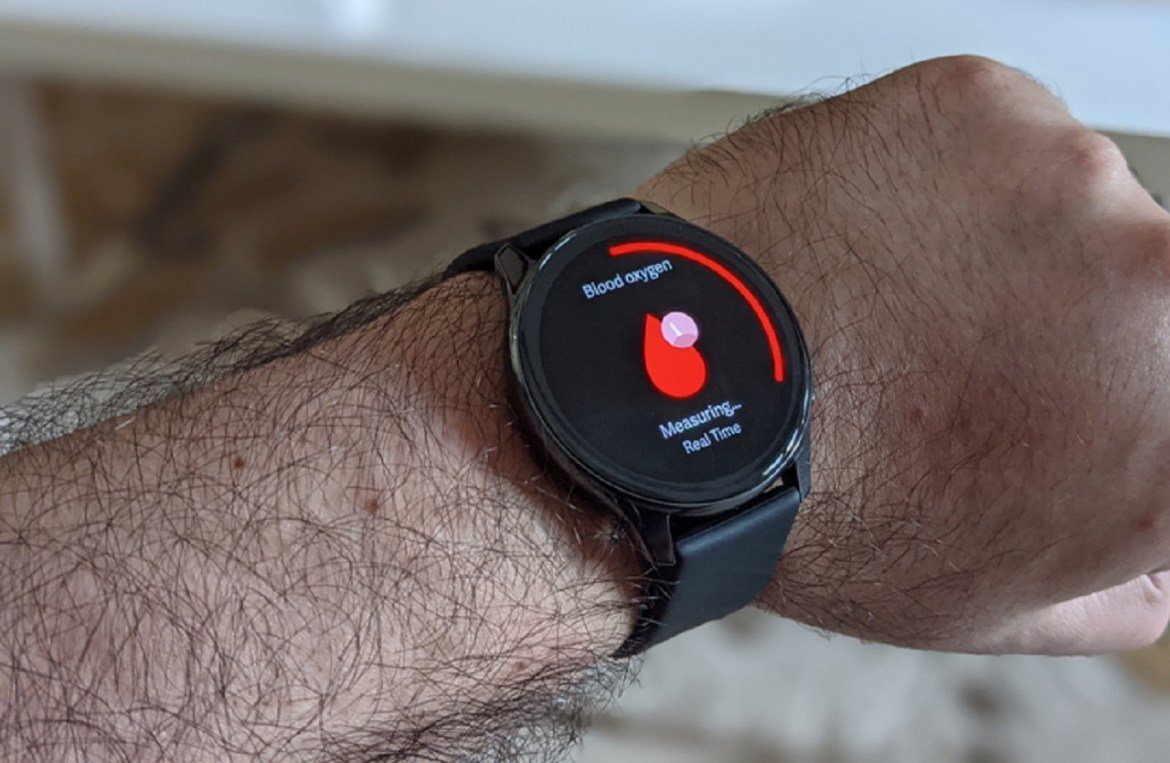With the development of the wearable technology market day by day, smart watches that increase the user experience and become highly skilled especially in health began to emerge. As of today, we can say that SpO2 measurement is one of the most prominent features of these devices, which we frequently encounter with the news that they save human lives. So what is SpO2 and how do smartwatches measure it?
What is SpO2?
SpO2, the level of oxygen in the blood, represents the percentage of oxygen carried by red blood cells from the lungs to the rest of the body. Learning how effectively the blood in the body can perform this vital task can help to understand overall health.

Most people’s blood oxygen levels are in the 95-100 percent range. However, there are also people who continue their lives normally even though their blood oxygen level is below 95 percent. It is quite normal to have lower readings while sleeping, so some users may have oxygen levels below 95 percent.
How do smartwatches measure SpO2?
As mentioned above, most of the smart watches in the premium segment today include this feature. So how do these devices measure the oxygen level (SpO2) in the blood?
The smartwatches use reflection oximetry technique, which reflects red and Infrared light (IR) to the wrist. This red light enters the oxygen-containing blood tissues and reflects the light back to the sensor. The difference between the level of injected light and the level of reflected light is shown as the human body’s SpO2 level.

Of course, the accuracy of the measurements made by these devices is also discussed. First of all, we should state that the measurements made by a medical device such as an oximeter are more reliable. In fact, these devices usually measure with red and infrared LEDs with wavelengths of 650nm and 950nm.
The wavelengths in smart watches are not that advanced.
We recommend that you do not consider health data such as blood oxygen level (SpO2), which these devices measure through their sensors, as a definitive data, although it has a high level of accuracy. For precise and more accurate results, it would be healthier to choose medical devices produced for such purposes.
So what do you think about this subject? Do not forget to share your views with us in the comments section!